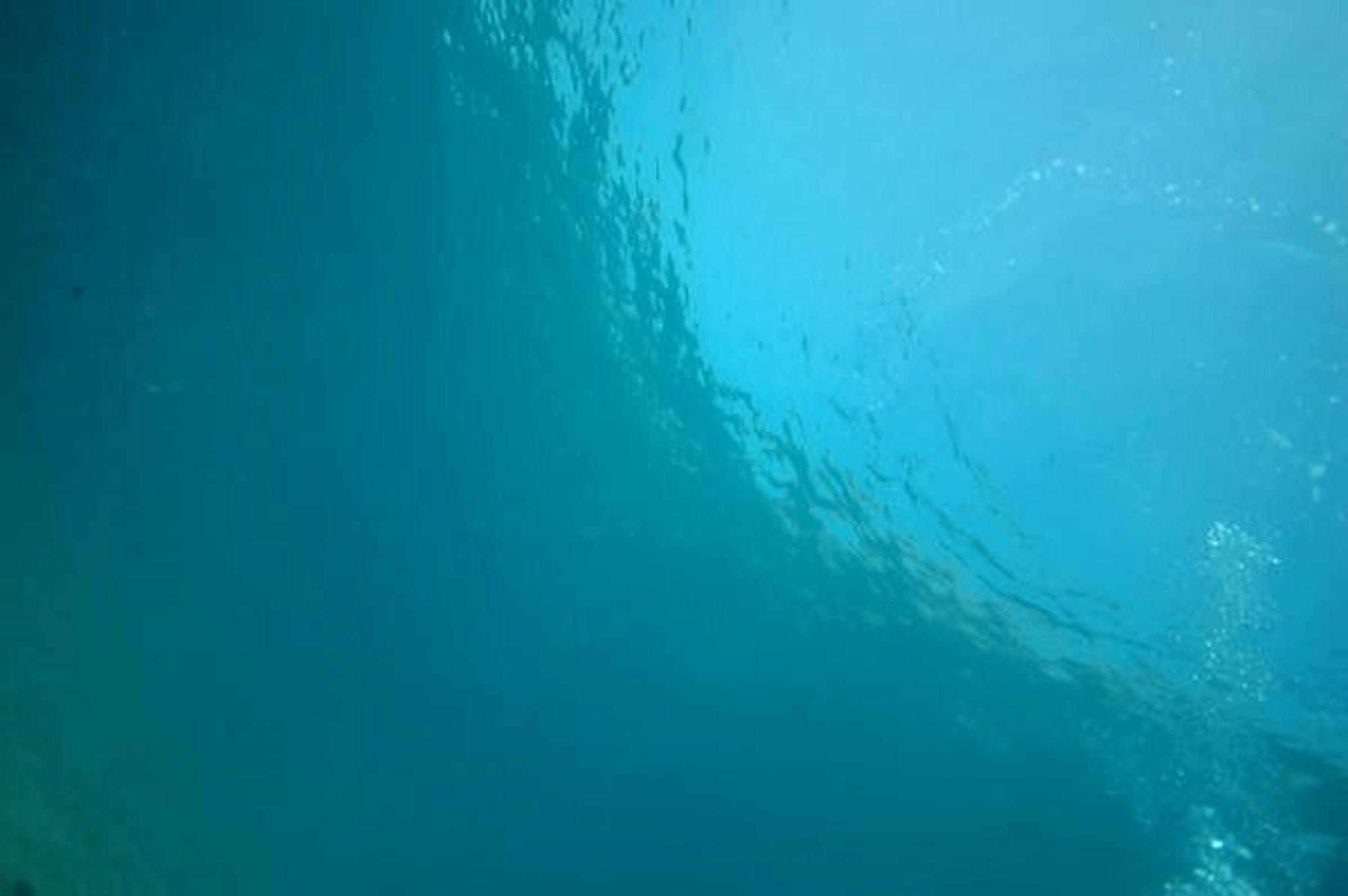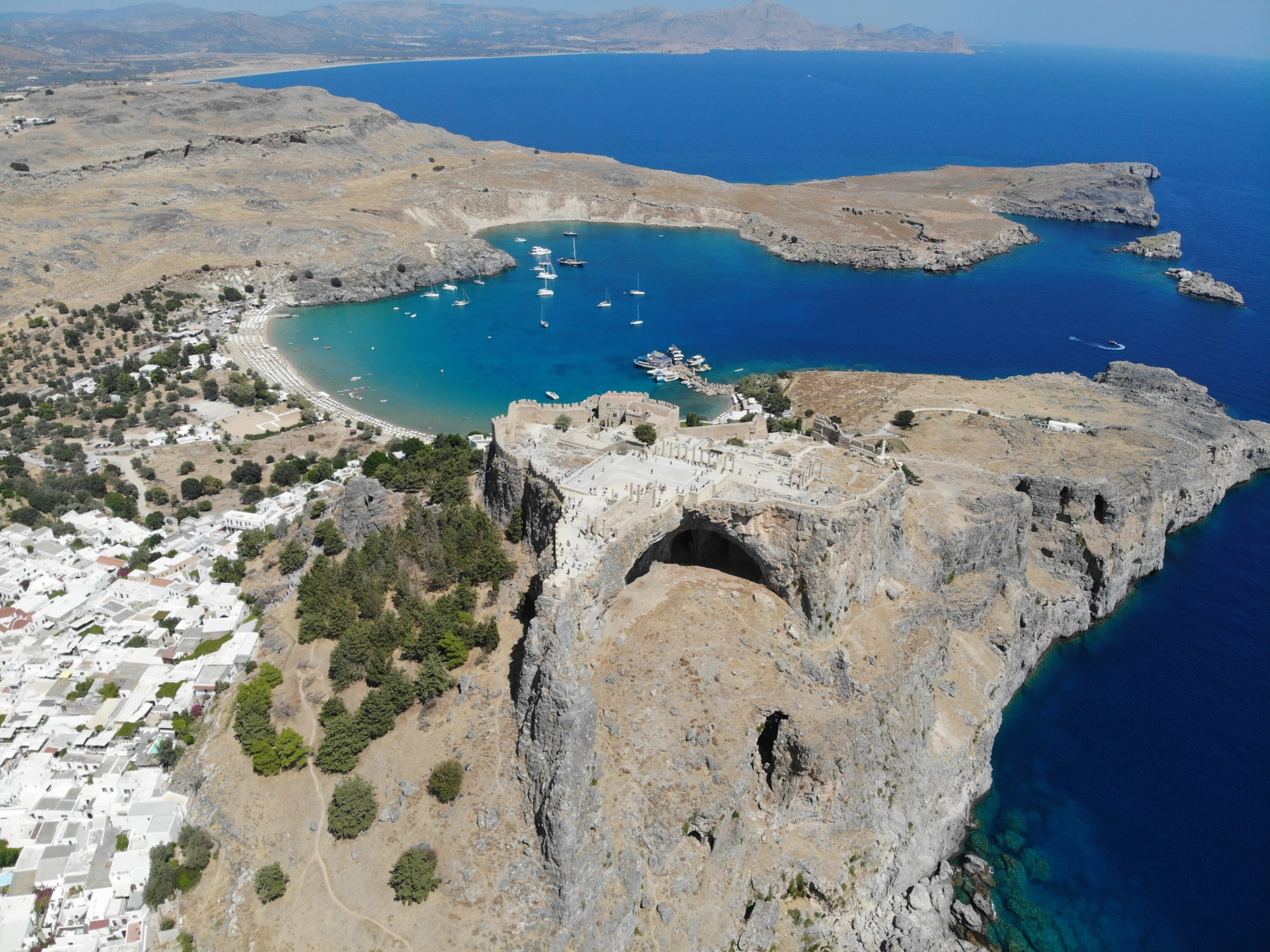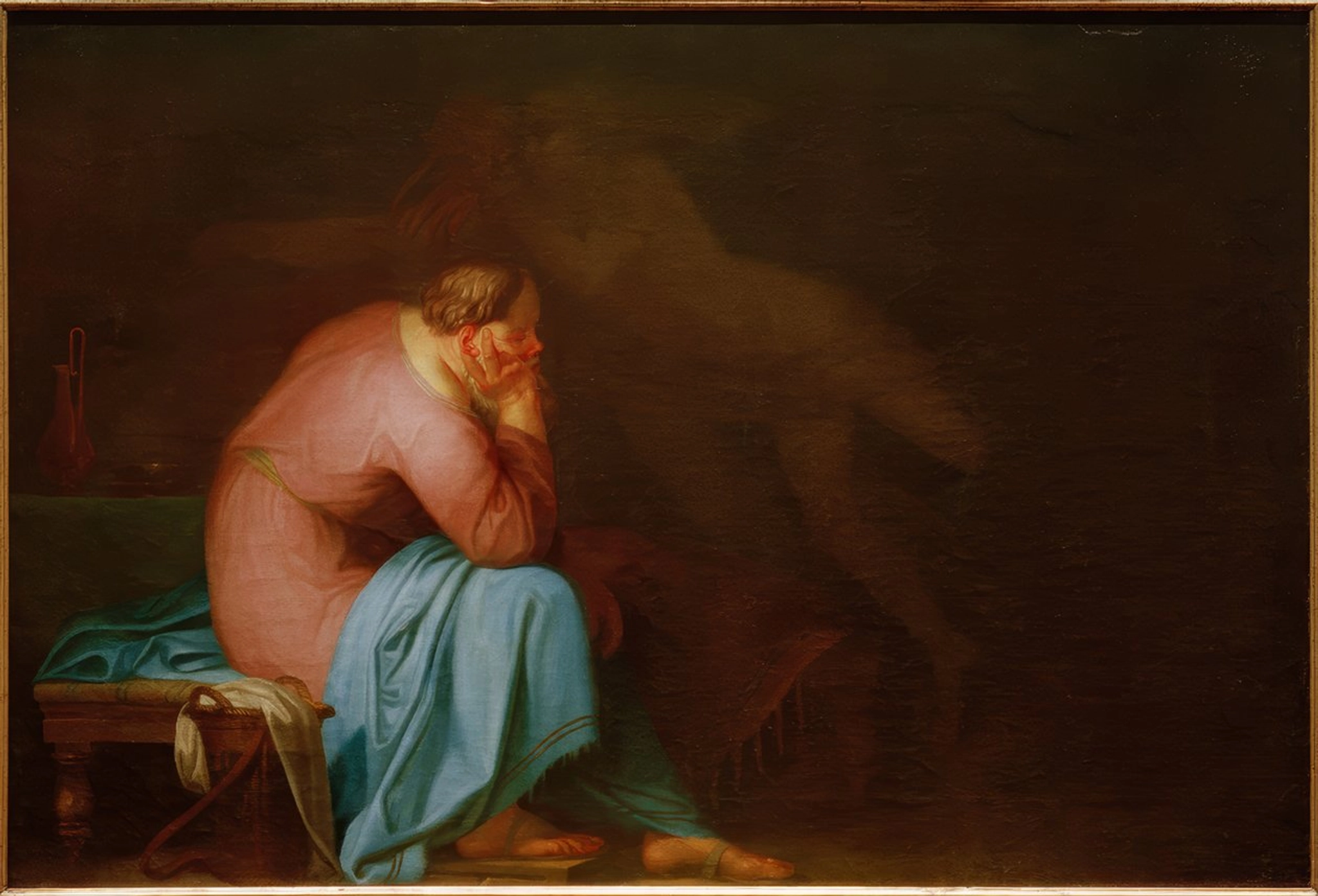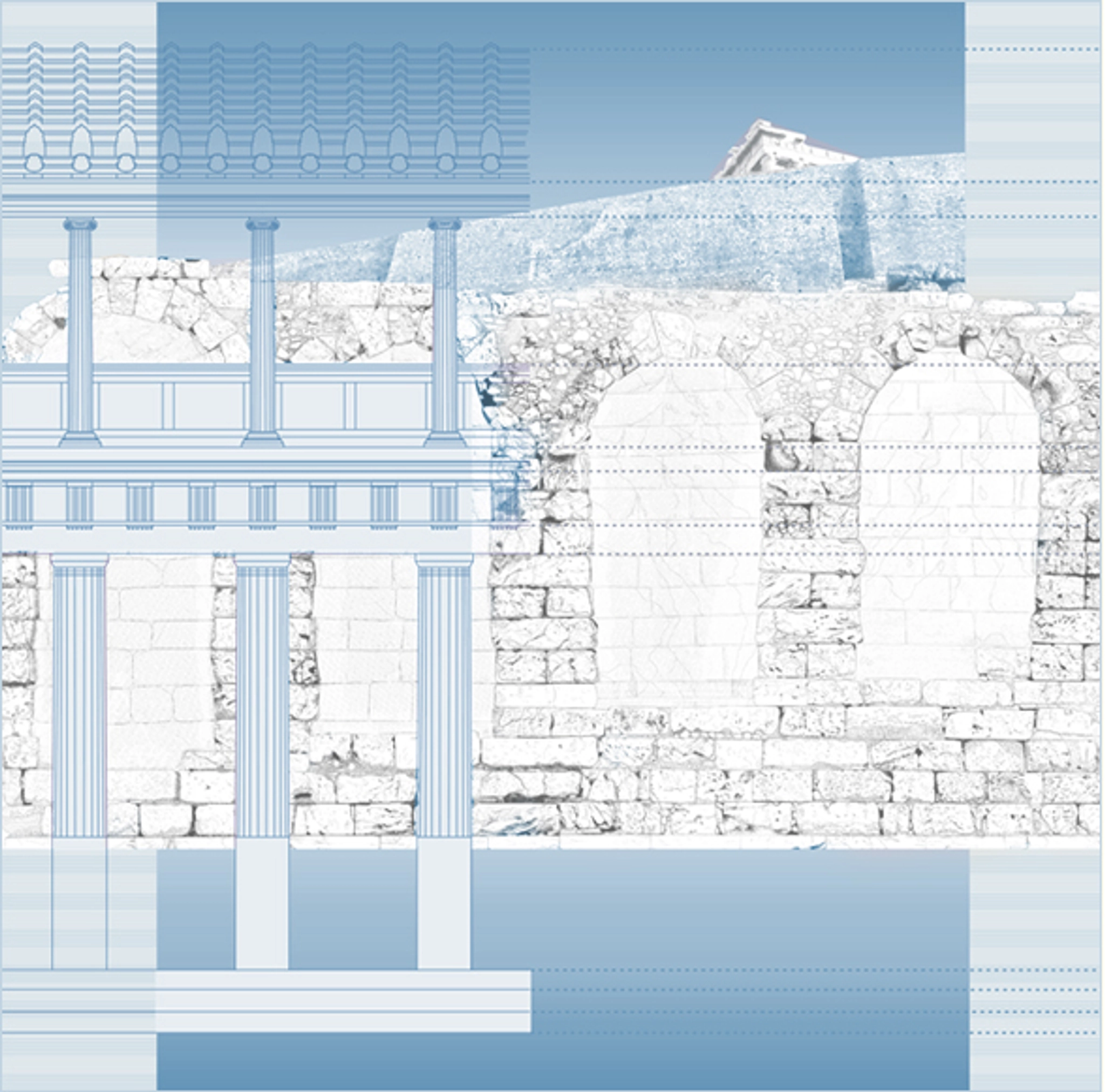
UNDERWATER ARCHAEOLOGY AND CULTURAL RESOURCES: METHODOLOGY, PRESERVATION AND COMMUNICATION – A DIALOGUE BETWEEN DENMARK AND GREECE PRESERVATION 2
Date & Time
Tuesday, March 19th
17:00 – 18:00
Location
DIA
Chairefontos 14, Athina 105 58
Information
Underwater Perspectives: Dialogue with Heritage Conservators
By Angeliki Zisi, Archaeological Conservator, Department of Collection Management, Museum of Cultural History, University of Oslo, Norway.
‘’In 2020, almost twenty-five years after the excavation of the Roskilde shipwrecks, we still have ship timbers in our treatment tanks, awaiting a future in the museum storages’’ (Strætkvern, K. and Hjelm-Petersen, A., 2021). Contemporary with and quite unaware of the Roskilde shipwrecks being brought to light, I was initiating my future as a heritage conservator. I was the new students’ generation. Could I be the future the Roskilde shipwrecks were awaiting? It is difficult to glean through experiences and boil down one’s thoughts to something concrete that will not read too personal and which still communicates a new perspective, including to one’s self. Working as a heritage conservator underwater is a conscious choice. People involved in it share that extra essential in life that finds comfort in diving the underwater world. The focus of this paper is around practising conservation underwater and on site and how we heritage conservators approach this fieldwork, what is our actual contribution, caring for different types of materials, how we collaborate, how we compromise if so, and how can we manage underwater finds and sites. It also includes some
general reflections and challenges for the way ahead with the preservation of Lechaion, the main harbour of Ancient Corinth in Greece. Whilst a dialogue underwater is a rather quiet one, this presentation hopes to sound some of those thoughts running round both heritage conservators’ and maritime archaeologists’ heads as to why do we do what we chose to do.
Reference: Strætkvern, K., & Hjelm-Petersen, A. (2021). Standing on the shoulders of our predecessors - a base and a viewpoint. Fifty years of working with conservation of waterlogged archaeological shipwrecks in Denmark. TINA MARITIME ARCHAEOLOGY PERIODICAL, (13), 46-68.
Out of the Water Perspectives: Dialogue with Heritage Conservators
By Kristiane Strætkvern, Conservator, Department of Research, Collections and Conservation, The National Museum of Denmark.
It’s a fascinating sight when archaeological finds emerge in underwater or water saturated environments. Upon recovery, they appear with stories burning to be told and shared. Waterlogged archaeological wooden artefacts often appear to be in a good condition, so why not take them out of the water and make available to everyone?
Essential properties in archaeological, degraded wood from underwater or water saturated environments diverge considerably from those of fresh or undegraded wood. Once removed from the underwater/ water saturated environment, a chain of destructive processes starts – unless they are met with precautions, concrete plans, and resources to secure the future of the excavated artefacts.
The presentation will take its outset in work carried out at the National Museum of Denmark, where waterlogged wood is frequently encountered in archaeological excavations along the coats, in rivers, lakes, and water saturated land sites. Decades of continuous waterlogged wood conservation projects have promoted and produced valuable research and experiences. Still, with the knowledge, experience and equipment at hand, the process from exposure to exhibition of large archaeological finds – such as shipwrecks – continue to spark discussions,
challenges, and compromises. The presentation will focus on some of them, the rationale behind the current methods and the techniques applied. It will investigate questions as; when does conservation start, when is it finished and what are criteria for a successful conservation of archaeological wood coming from waterlogged environments? The presentation will include examples of almost straightforward processes and some not so straightforward.
Discussant: Georgianna Moraitou, Head of Conservation, Physical-Chemical Research & Archaeometry department, Hellenic National Archaeological Museum.
Upcoming Events
21
January
17:00 – 19:00
Chairefontos 14A Platia Aghias Aikaterinis, Plaka GR-105 58 Athens

Lecture by Benjamin Pedersen: “Emotions and Exemplarity: The Shaping of Historical Writing in the Hellenistic Period”
07
May
06:00 – 16:00
Chairefontos 14A Platia Aghias Aikaterinis, Plaka GR-105 58 Athens

Sanctuary, City and Congregation: Athana Lindia and her Sanctuary in Context
21
March
08:50 – 07:00
Chairefontos 14A Platia Aghias Aikaterinis, Plaka GR-105 58 Athens

HOW ARE WE TO LIVE? Seven approaches to the good life
23
January
17:00 – 19:00
Chairefontos 14A Platia Aghias Aikaterinis, Plaka GR-105 58 Athens

Concert: Anton Friisgaard & Oscar Friisgaard
03
March
08:00 – 17:00

ASPECTS OF ANCIENT GREEK CULT III: Cults and Architecture at the South Slope of the Athenian Akropolis